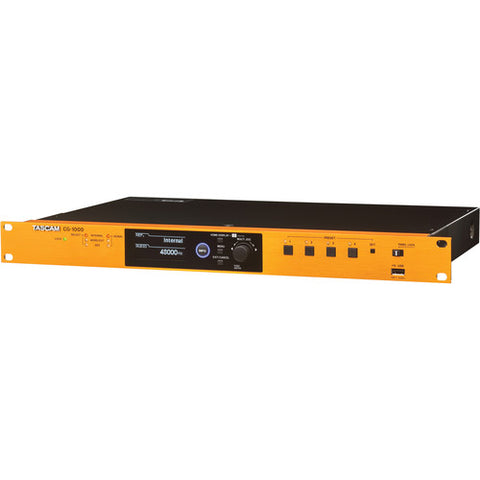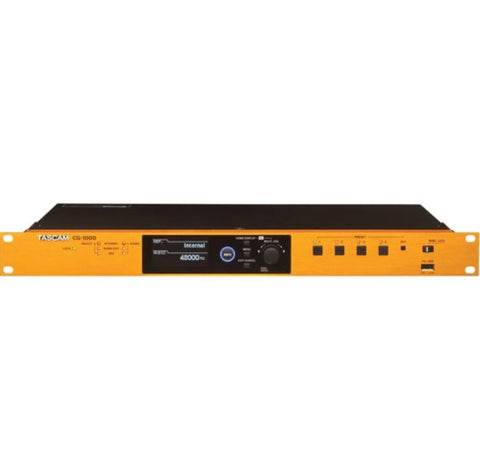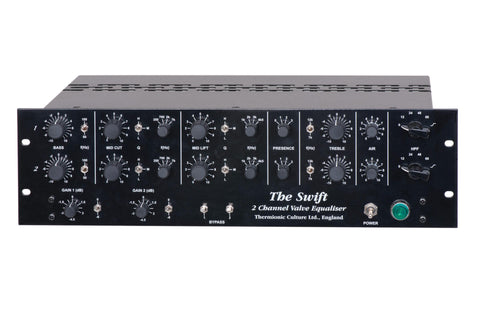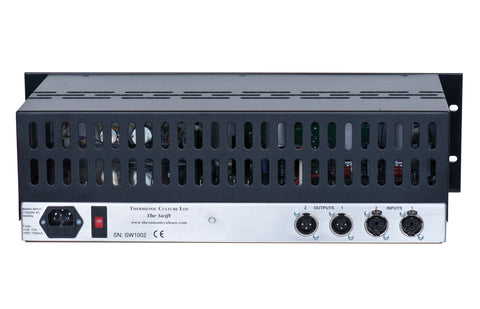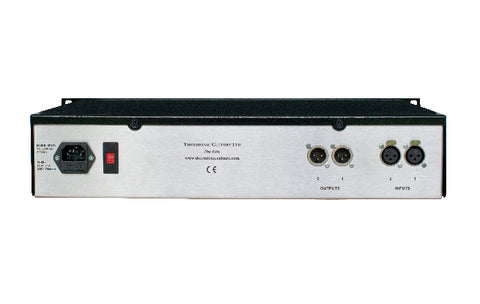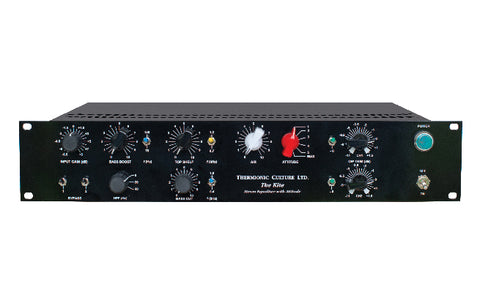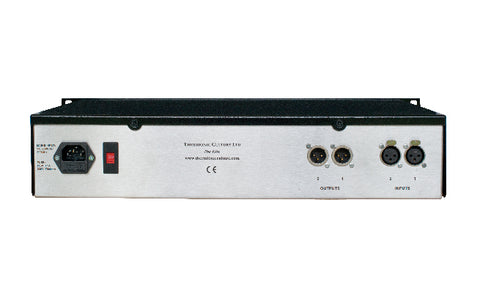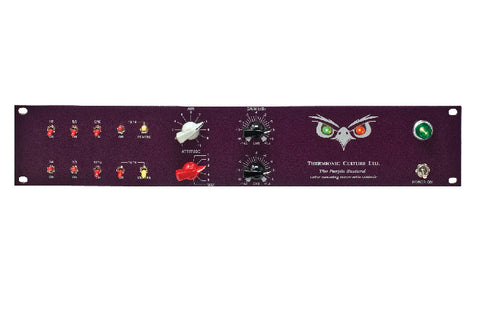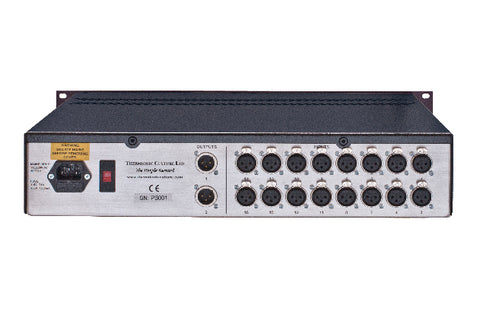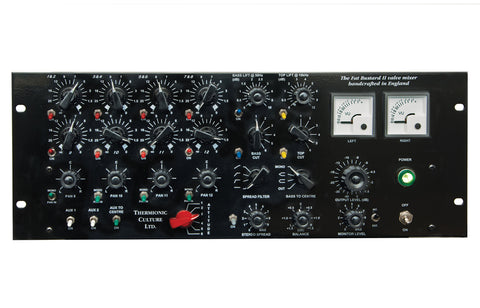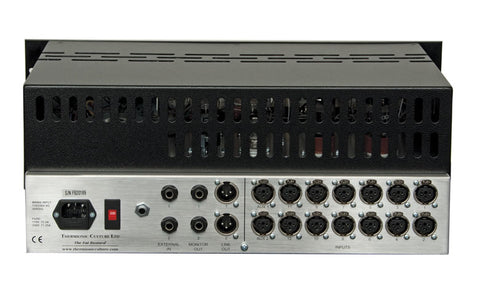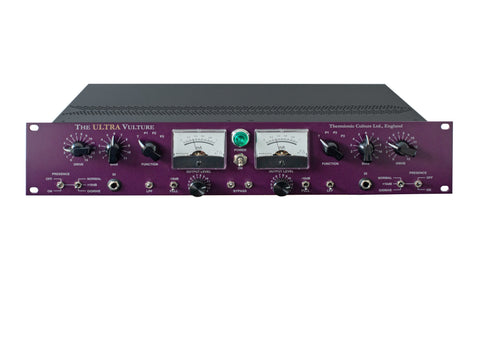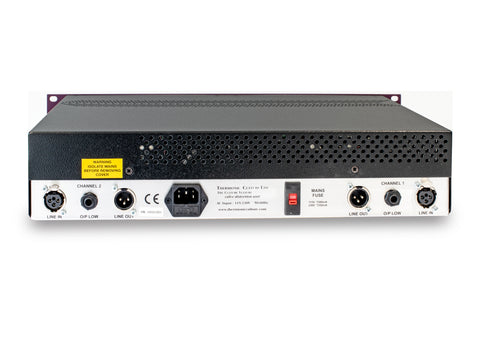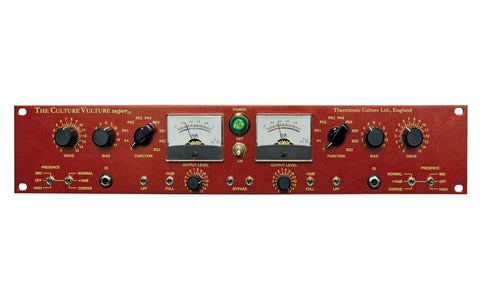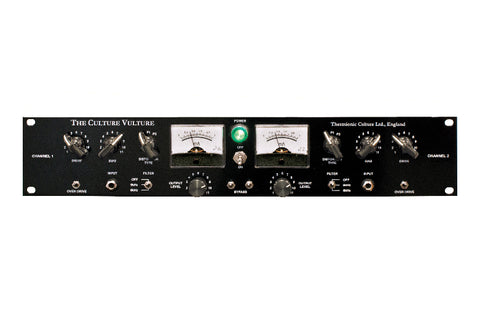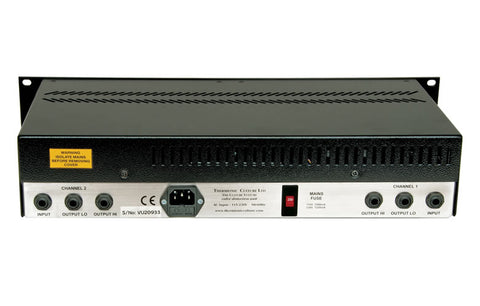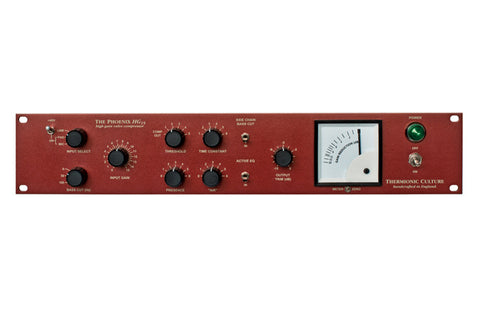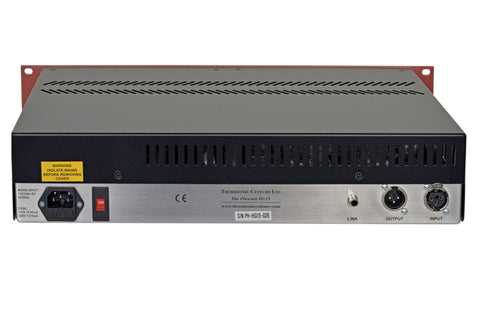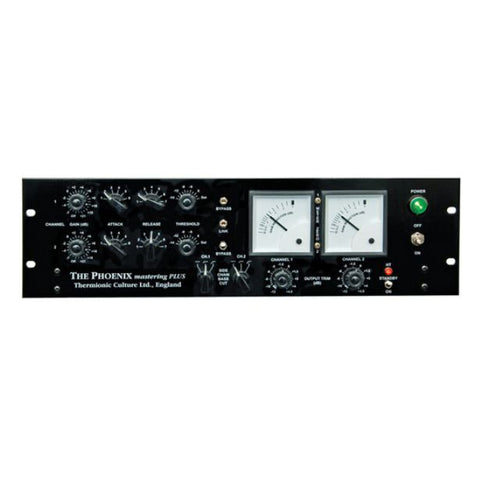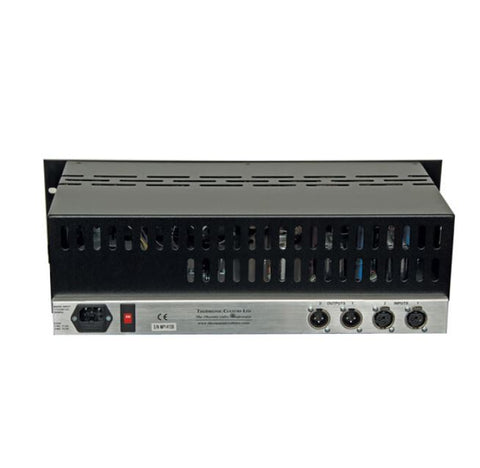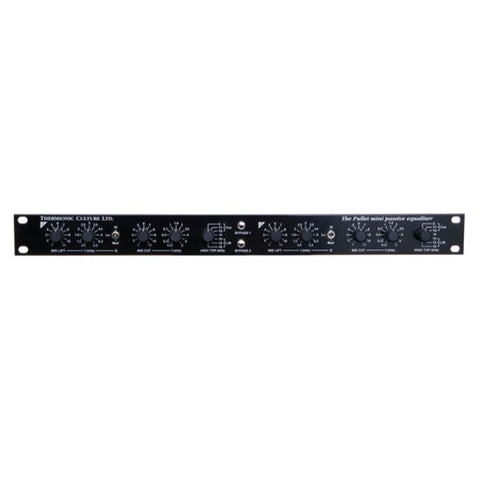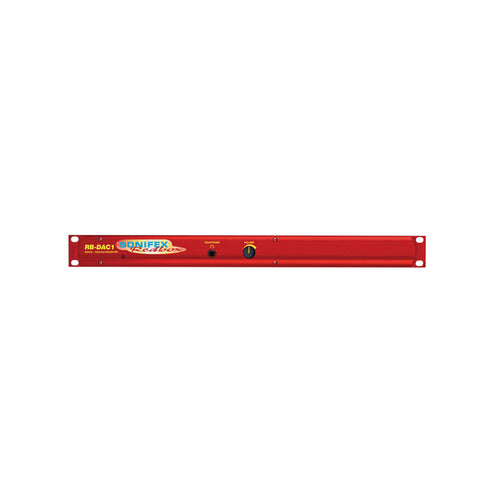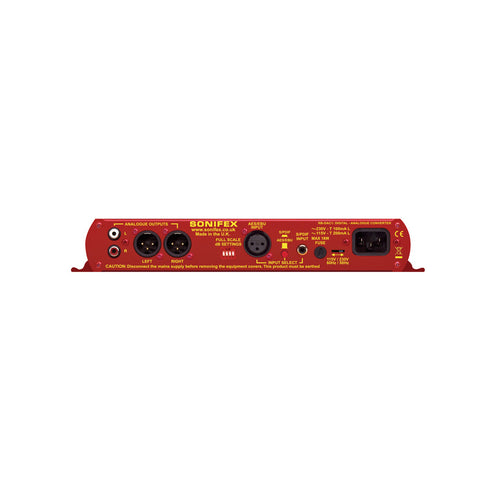RME MADIface USB 24 Bit / 192 kHz, 128 Channel Bus Powered USB MADI Interface MADI-USB
Vendor: RME
Available

RME MADIface USB 24 Bit / 192 kHz, 128 Channel Bus Powered USB MADI Interface MADI-USB
The MADIface USB 128-Channel USB Interface designed by RME offers MADI I/O via USB 2.0 ports while supporting the format's full 64 channels for recording and playback, on both Mac and Windows. The unit's 2 inputs can be used for full redundancy operation or can be used simultaneously for full 128 channel input and output access, mixed and routed by RME's TotalMix software.
Without a computer, the MADIface USB offers bi-directional format conversion and can function as an active repeater.
Features
MADIface USB offers several operation modes when used with a Mac or Windows computer: 64 Channel Mix, Redundancy mode, 128 Channel Mix and a straight routing mode.
The option Disable TotalMix completely disables TotalMix, the unit's internal mixer and routing matrix. All input and output data is going straight to record/coming from playback, with no mixing or routing involved. In this mode the outputs are mirrored, carrying the same signal.
In 64 Channel Mix mode TotalMix shows 64 input, playback and output channels. All settings in TotalMix use the data from one MADI input port, and send identical data to both MADI output ports. The currently active MADI input port can be configured in the Settings dialog
The option AutoSelect activates an automatic input selection. Using both inputs at the same time, AutoSelect puts the device into Seamless Redundancy mode. The MADIface USB will switch to the other input in real-time if the current one fails.
In 128 Channel Mix mode record and playback is still limited to 64 channels, with the current input selected in the Settings dialog. But the other input is also available through TotalMix, and the output signal is not mirrored, but separated, with TotalMix having 128 output channels. Applications like independent mix output, monitoring and serial pass-through of the second source are just a few clicks away
SteadyClock as well as RME's well known MADI compatibility ensure operation with other devices. MIDI over MADI technology may be used to remote-control other MADI devices. DIGICheck, an included complete audio analyzing suite, supports the user under Mac OS X and Windows
TotalMix
The MADIface USB also includes the powerful digital real-time mixer TotalMix FX. It allows for versatile mixing and routing operations, with all inputs and playback channels simultaneously, to any hardware outputs. It includes a dedicated Control Room section with talkback, main/phones, fader groups, mute groups, complete remote controllability via Mackie or OSC protocol, and much more.
Here are some typical applications for TotalMix:
- Setting up delay-free sub-mixes (headphone mixes). The MADIface allows for up to 32 fully independent stereo sub-mixes. On an analog mixing desk, this would equal 64 Aux sends.
- Unlimited routing of inputs and outputs (free utilization, patchbay functionality).
- Distributing signals to several outputs at a time. TotalMix offers splitter and distributor functions.
- Simultaneous playback of different programs via a single stereo output. The ASIO multiclient driver supports the usage of several programs at the same time. When done on different playback channels TotalMix provides the means to mix and monitor these on a single stereo output.
- Mixing of the input signal to the playback signal (complete ASIO Direct Monitoring).
- Integration of external devices. Use TotalMix to insert external effects devices, be it in the playback or in the record path. Depending on the current application, the functionality equals insert or effects send and effects return, for example as used during real-time monitoring when adding some reverb to the vocals.
Stand-Alone Operation
RME MADIface
Interface
- Max Sample Rate/Resolution: 192 kHz / 24-Bit
Connectivity
- Host Connection: USB Type-B (USB 2.0)
- Analog I/O: None
-
Digital I/O: 1 x BNC / Coaxial MADI Input
1 x BNC / Coaxial MADI Output
1 x SC-Plug / Optical MADI Input
1 x SC-Plug / Optical MADI Output - MIDI I/O: None
Digital Audio
- Sample Rates: 44.1, 48, 88.2, 96, 176.4, and 192 kHz
Compatibility
-
OS Compatibility: Windows 7
Windows 8
macOS 10.6 or Later
Packaging Info
- Package Weight: 1.33 lb
- Box Dimensions (LxWxH): 12.05 x 6.9 x 4"
 USD
USD EUR
EUR
 AUD
AUD
 GBP
GBP
 JPY
JPY





